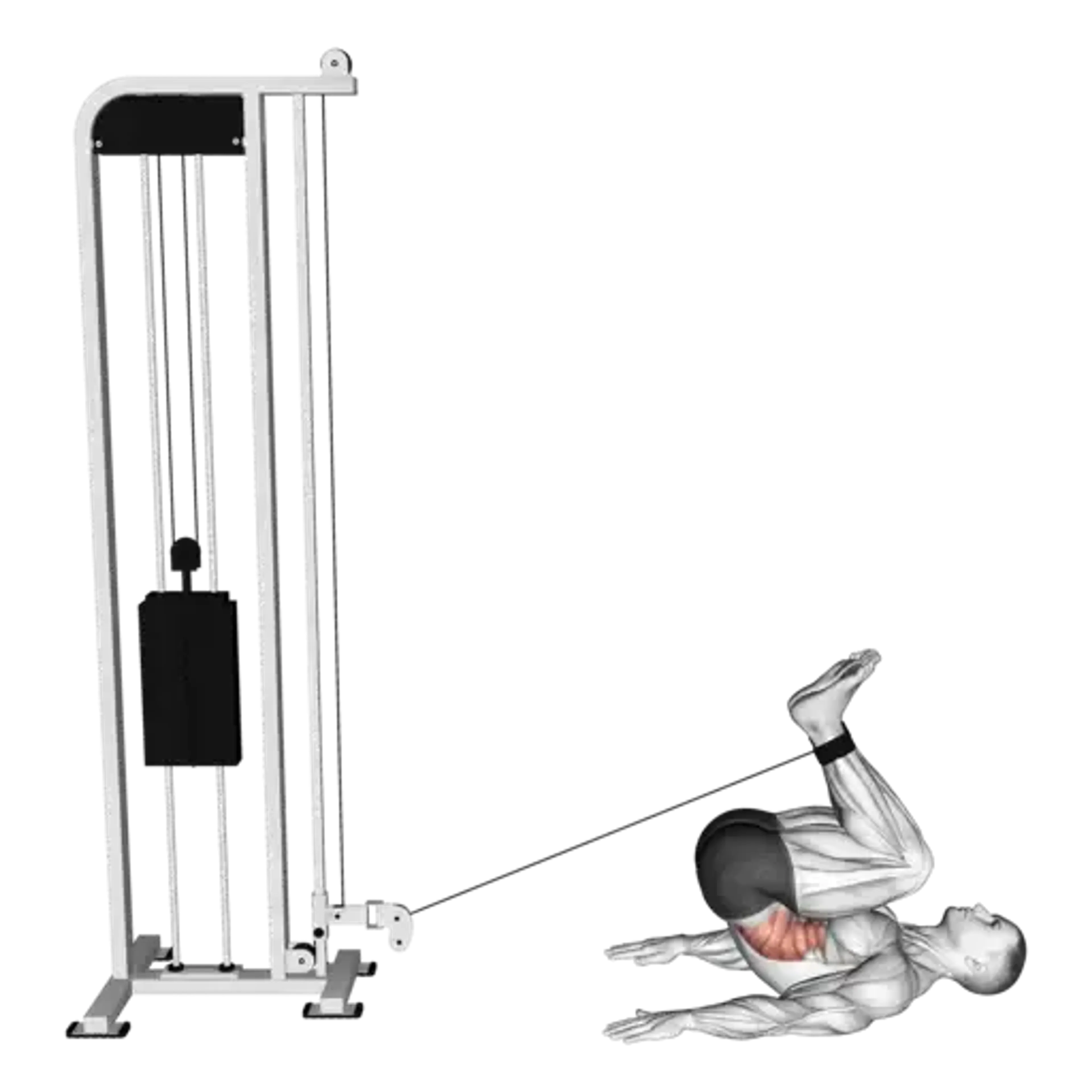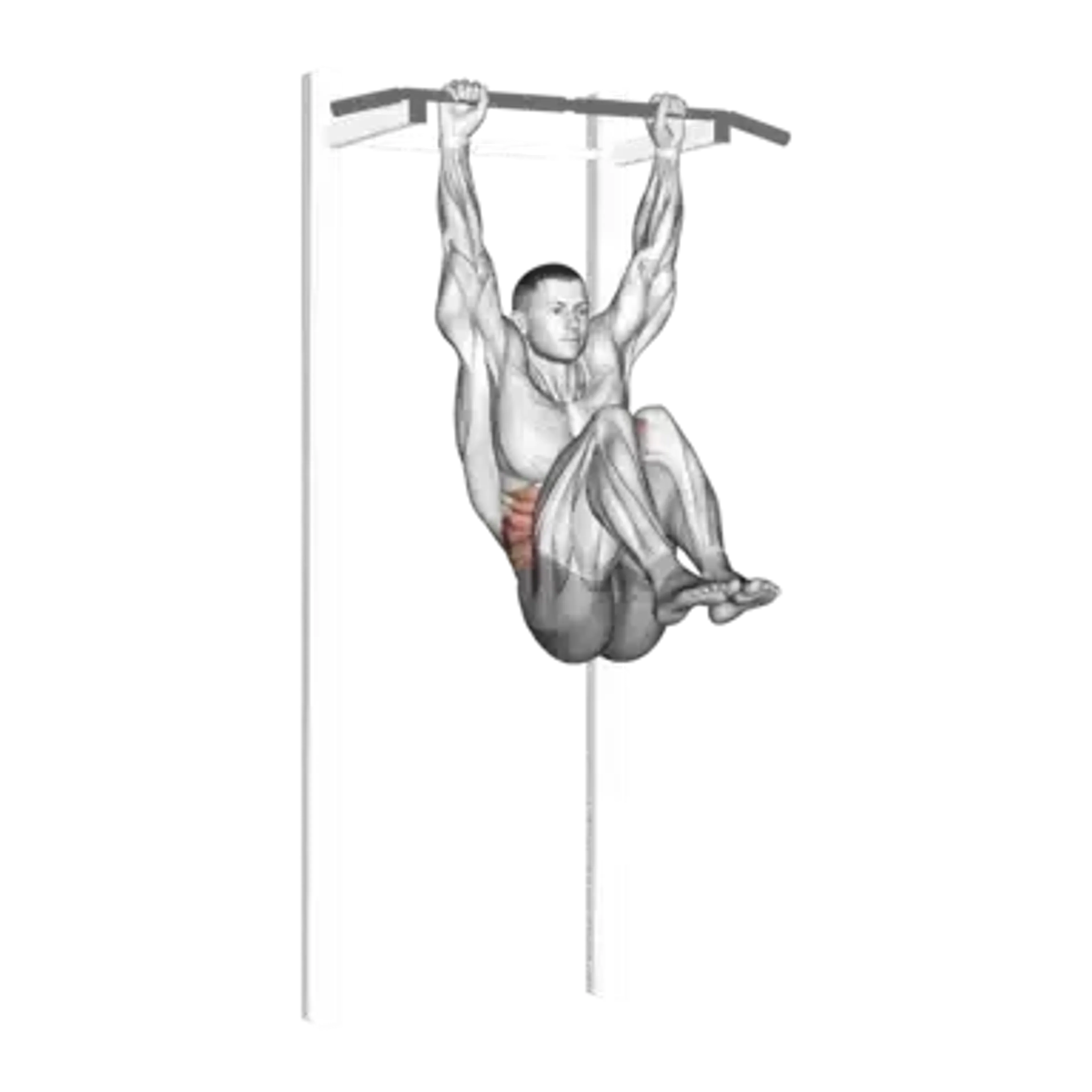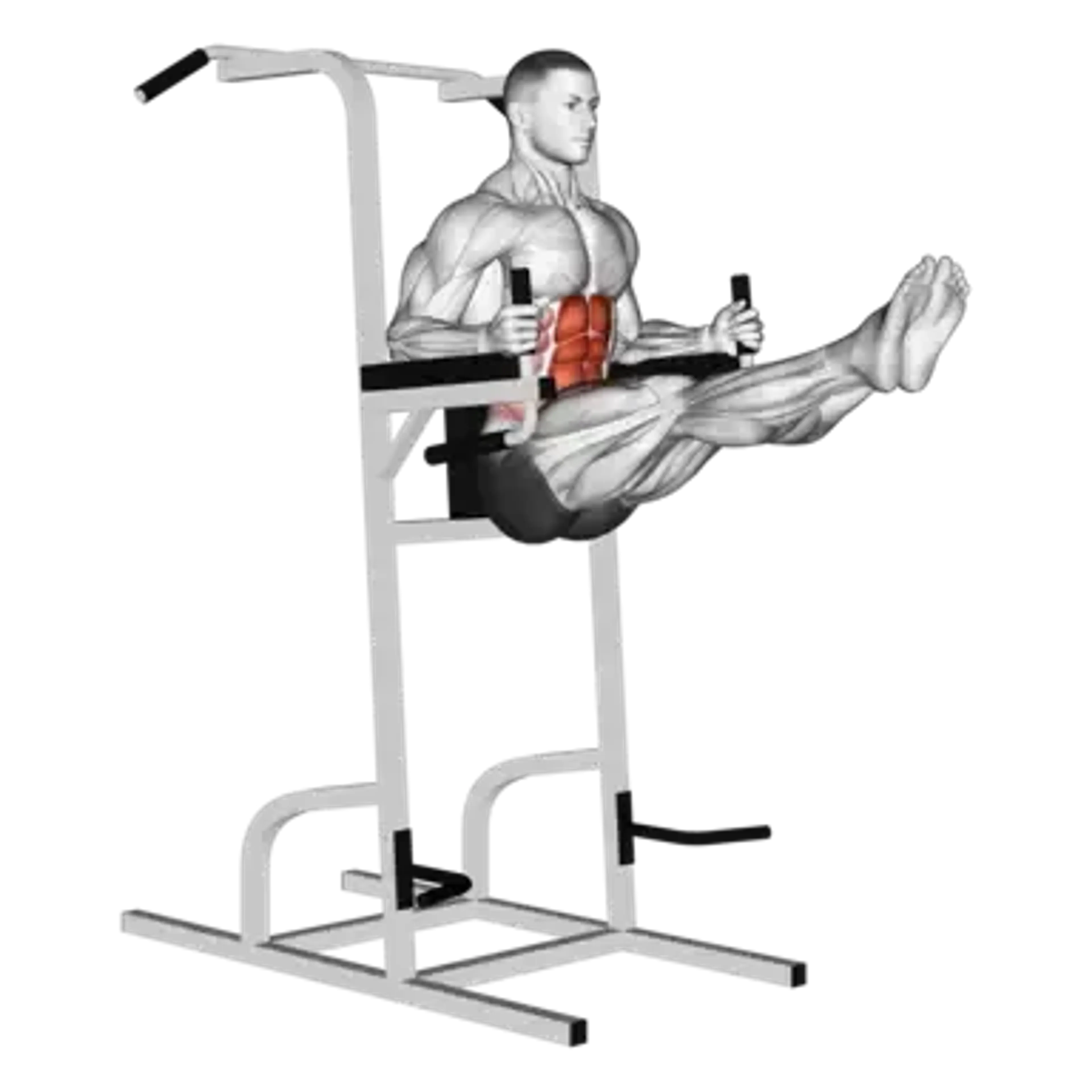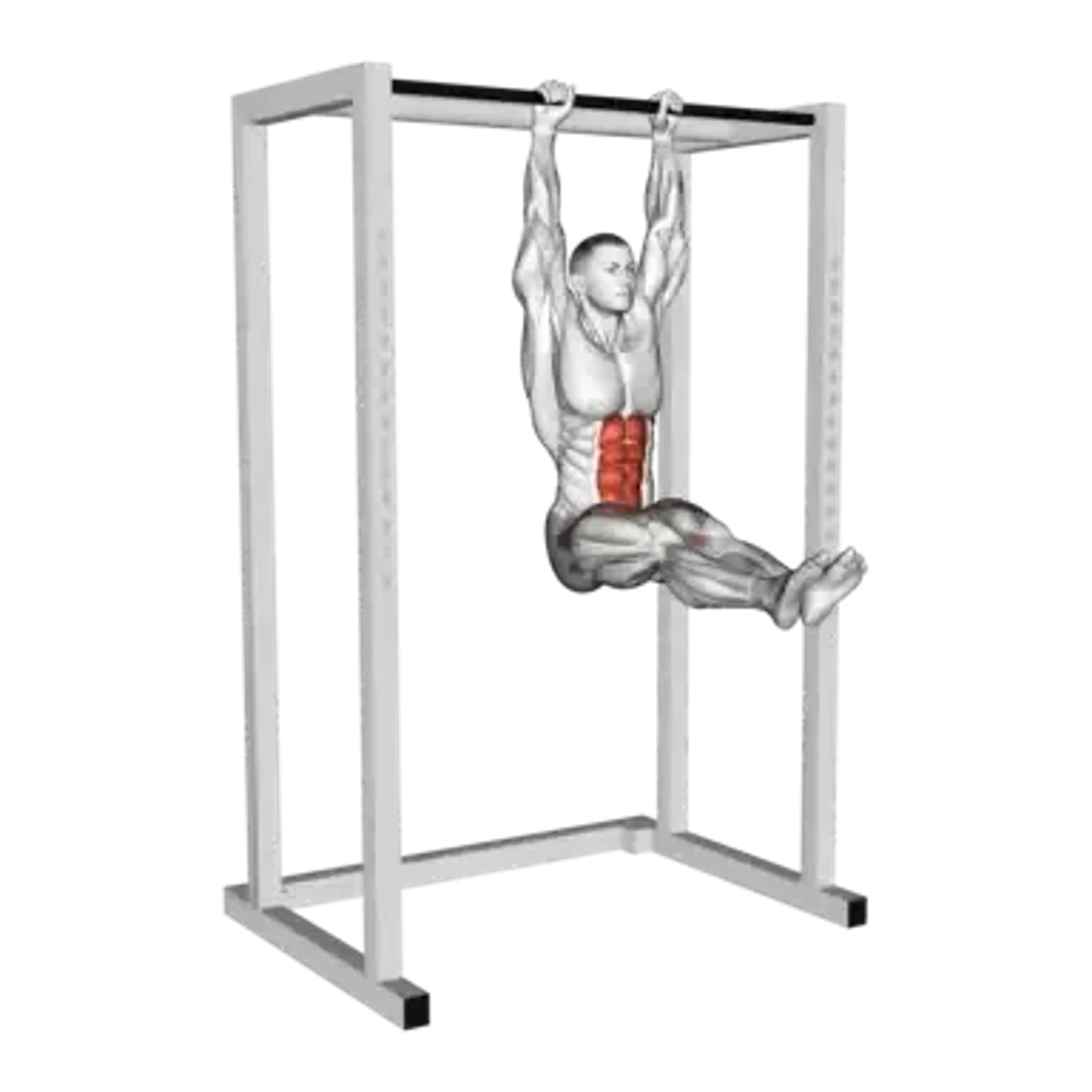Reverse Crunch

Overview
- Primary Focus:
- Core.
- Equipment:
- Body weight.
- Difficulty:
- Beginner.
General Information
Reverse Crunch is an isolation exercise that primarily targets the core. It is a beginner-level movement that emphasizes controlled posterior pelvic tilt and lower-abdominal contraction without requiring equipment.
It works well at home on the floor or a mat and suits any program focused on foundational trunk strength, bracing, and anti-extension control. The emphasis is on curling the pelvis rather than swinging the legs.
Use it for hypertrophy of the lower abs, activation before compound lifts, or as an accessory for clients learning to keep the ribcage stacked over the pelvis. Expect a strong mind–muscle connection around the lower rectus abdominis when the low back stays flat.
Common variations include the Decline Reverse Crunch for more difficulty or the Hanging Knee Raise to shift demand to hip flexors and grip. Choose the floor-based version when you need precise control and low setup time.
Muscles Worked
- Rectus Abdominis (Lower)
- Primary
- Rectus Abdominis
- High
- External Oblique
- Medium
- Rectus Femoris
- Low
- Sartorius
- Minimal
Instructions
- Lie on your back with knees bent and feet together; arms by your sides.
- Brace your core and press your lower back into the floor to set a slight posterior pelvic tilt.
- Lift your feet so hips and knees are at roughly 90°, keeping shins parallel to the floor.
- Exhale and curl your pelvis toward your ribs to raise your tailbone slightly off the floor without swinging the legs.
- Pause briefly at the top while keeping your lower back flat and ribs down.
- Lower with control until your tailbone touches down; avoid arching your lower back.
- Reset your brace and repeat for the target reps at a steady tempo.
Common Mistakes
Injuries
Reverse Crunch is a low risk exercise when performed with proper technique.
Common strain points include the hip flexors and neck if you pull with the legs or crank the head forward. Keep the chin neutral, exhale on the curl, and move slowly to avoid momentum.
If the low back arches or feels pinchy, reduce range, place hands lightly under your pelvis for feedback, or elevate the head on a small pad. Progress by adding a longer pause or moving to a Decline Reverse Crunch.
Alternative Exercises
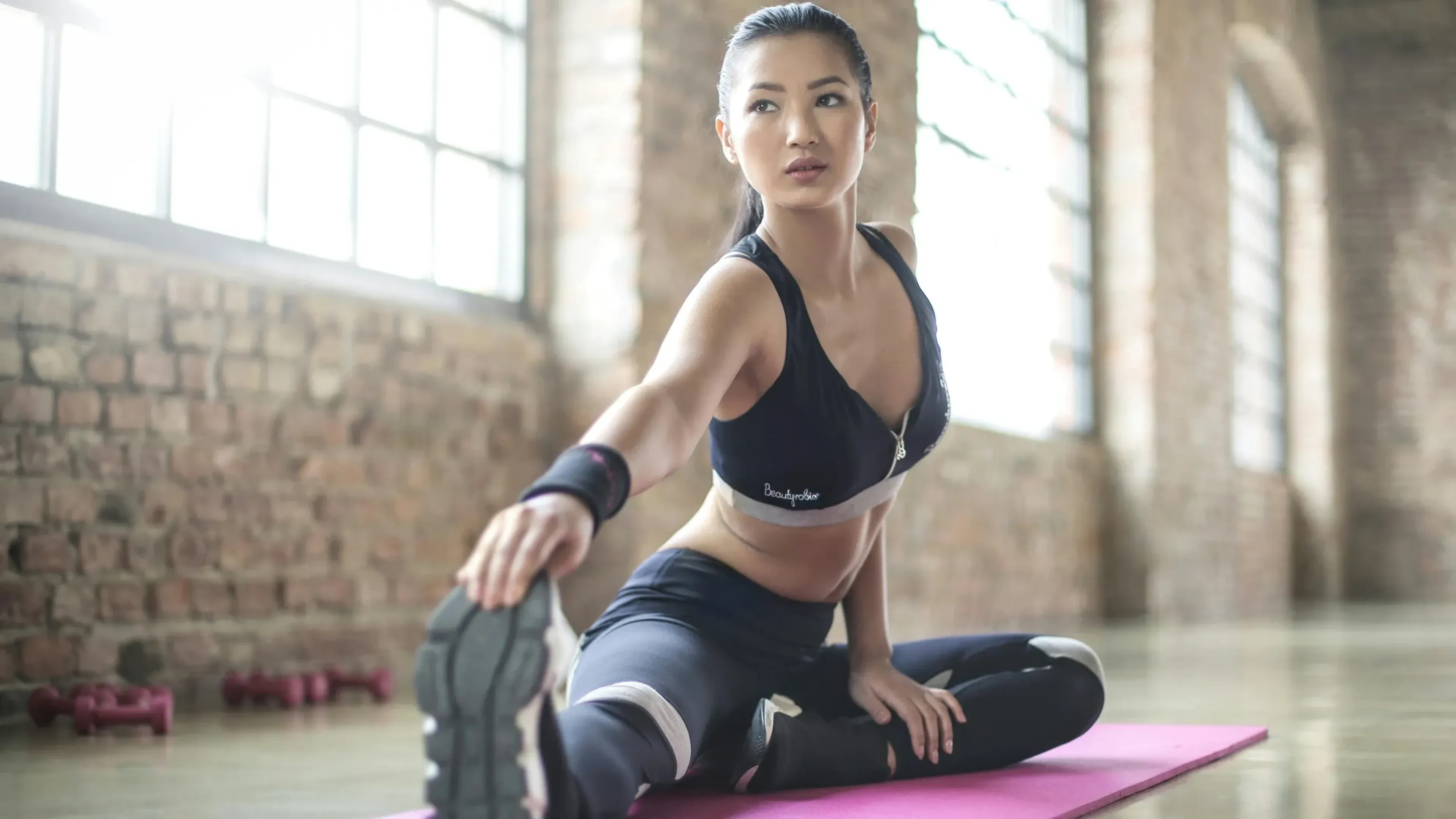
Frequently Asked Questions
- Q: Should my lower back stay flat?
Yes. Lightly posteriorly tilt and keep the low back in contact with the floor to bias the abs and reduce lumbar stress.
- Q: How high should I lift my hips?
Only a small tailbone lift is needed. Focus on curling the pelvis rather than driving the knees up.
- Q: Where should I feel it?
Primarily in the lower portion of the rectus abdominis with minimal hip flexor involvement when performed slowly.
- Q: How can I progress it?
Add a longer pause at the top, slow the lowering phase, or move to a Decline Reverse Crunch when you can maintain a flat low back.
Overview
- Primary Focus:
- Core.
- Equipment:
- Body weight.
- Difficulty:
- Beginner.
